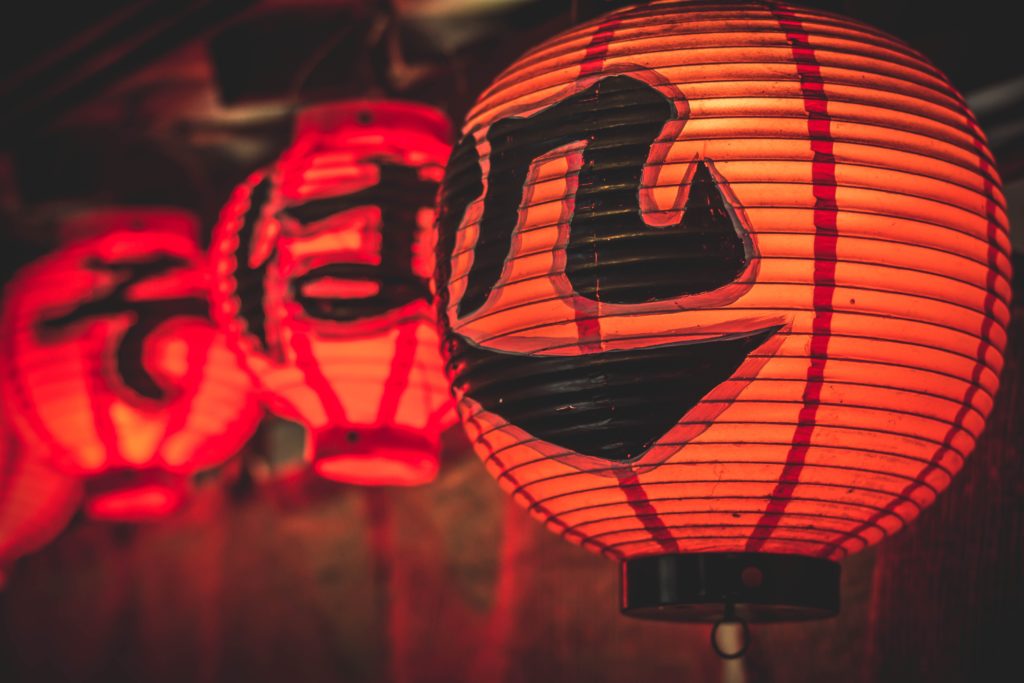Any woman with painful periods can tell you the sense of dread she experiences in the days leading up to the end of her cycle.
“How bad is it going to get this month? How much medication will I have to take? Will I have to take time off of work again?”
These are real questions many women ask themselves every month when their periods come.
There are several different factors that can cause painful periods. One such factor is thought to be more prevalent than we currently know, yet is more difficult to diagnose. That factor is endometriosis. Endometriosis potentially affects between 2 and 10 percent of women in their childbearing years. It is a condition where endometrial, or uterine, tissue grows outside of the uterus on organs inside the abdominal cavity. Like tissue inside the uterus, endometriosis lesions are subject to the cyclical waxing and waning of estrogen, and grow, recede, cramp, and bleed accordingly. Common sites of tissue implantation include the ovaries, fallopian tubes, and pelvis, but can also include the bladder, rectum, and intestines in more severe cases, and in rarer cases, even the lungs.
As the severity of endometriosis ranges in those affected by it, so does the symptoms in each individual woman. While some women can have no symptoms at all, others can have crippling monthly pain with intense cramping, heavy bleeding, painful urination (with or without blood), or painful bowel movements (also with or without blood). For many women, intercourse is painful. Whether symptoms are present or not, endometriosis is a leading cause of infertility. An estimated 30 to 40 percent of women struggling to conceive are affected by endometriosis in some way, adding infertility to an already long list of symptomology.
For a condition that can wreak such havoc in a woman’s life, Western medicine still doesn’t fully understand what causes this disease in the first place. One theory is called retrograde menstruation, where pieces of endometrial tissue migrate back up into the abdominal cavity during the period each month, where they implant and grow. Though every woman probably experiences some degree of retrograde menstruation every month, it is not understood why one woman is able to clear it out of her system and another cannot. It also appears that endometriosis runs in families: a woman with affected first-degree relatives are more likely to suffer from it than someone with no family history.
Diagnosis can be a long process. In some cases, it takes up to ten years between the first symptoms and a clear identification. Unfortunately there is no test for endometriosis, and although large lesions may be seen on an MRI, the vast majority are too small to be seen any way shy of placing a camera inside of the abdomen via a process called laparoscopy. Some symptoms are more common than others though, and doctors may start to suspect endometriosis if a women complains of painful intercourse and pain near her rectum and vagina. Once a diagnosis is confirmed laparoscopically, treatment options are medical and surgical. Lesion growth can be controlled with birth-control pills or other agents, and pain can be reduced and fertility increased with surgical removal of the lesions, though this latter option is temporary, as lesions eventually return.
In Chinese medicine, endometriosis is considered a branch of a larger issue. The root can be many things, but the branch is always the same: static blood that causes pain. Our intake will involve a lot of questions about a woman’s cycle, and a lot of questions that have nothing to do with it at all. This helps us figure out the cause. Once we treat the root, the branch naturally falls into line. Acupuncture points based on a woman’s unique presentation are selected, as well as an herbal formula custom built for her alone. Most women start to experience relief of their pain within one cycle, though it should be noted that treatment should continue for at least three months for the best effect. For those women who are struggling to conceive, continued regular treatment helps regulate the delicate uterine and ovarian environment that often sees its biochemical balance thrown off due to endometriosis.
Bottom line: Don’t let endo end your life. We treat a wide range of women’s health problems — ask us how we can help.
[written by Molly]
[photo by Fancycrave from Pexels]
